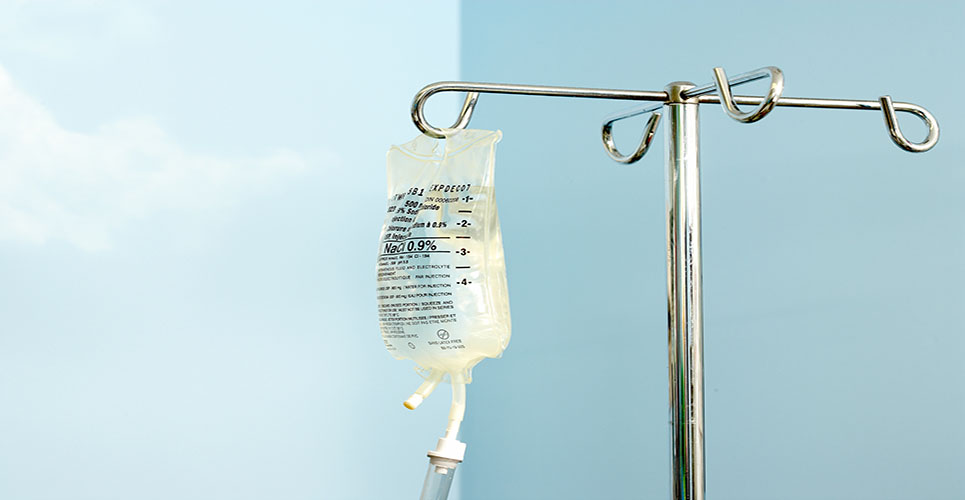For the first time, a new Canadian epidemiologic study reveals that a 15.5% incidence of adverse anaesthetic reactions is triggered by succinylcholine alone. In line with previous findings, the study also further underlines that early recognition and prompt administration of dantrolene intravenous are critical for patient survival and reduction of complications.[1]
For the first time, a new Canadian epidemiologic study reveals that a 15.5% incidence of adverse anaesthetic reactions is triggered by succinylcholine alone. In line with previous findings, the study also further underlines that early recognition and prompt administration of dantrolene intravenous are critical for patient survival and reduction of complications.[1]
The study reviews one hundred twenty-nine proband* survivors of adverse anaesthetic reactions, whose malignant hyperthermia susceptible status was confirmed by caffeine-halothane contracture testing. Among the findings are lower than expected complication rates in anaesthetising facilities using either succinylcholine or volatile anaesthetic drugs.
Importantly, it also reports that dantrolene reduced the incidence of complications (e.g. renal and cardiac dysfunction, disseminated intravascular coagulation) in these patients. If given between 10 and 19 minutes after the start of malignant hyperthermia, the complication rate is under 20%. An escalating relationship between time to administration was identified, showing that complications can reach 100% when the administration of dantrolene was delayed beyond 50 minutes.
This study is worth noting because it also highlights how having dantrolene readily available can reduce the morbidity and mortality caused by malignant hyperthermia and therefore suggests the importance of reviewing stock levels in hospitals.
The incidence of malignant hyperthermia varies greatly among different populations due to genetic diversity. Recent data suggest the genetic predisposition may be as prevalent as 1 in 3,000 people.[2]
Reference
- Sheila Riazi et al. Malignant Hyperthermia in Canada: Characteristics of Index Anesthetics in 129 Malignant Hyperthermia Susceptible Probands. Anesth Analg. 2013 Jul 10. [Epub ahead of print]
- Glahn et al. Recognizing and managing a malignant hyperthermia crisis: guidelines form the European Malignant Hyperthermia Group. British Journal of Anaesthesia 105 (4): 417-20 (2010)

